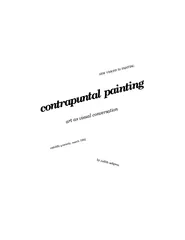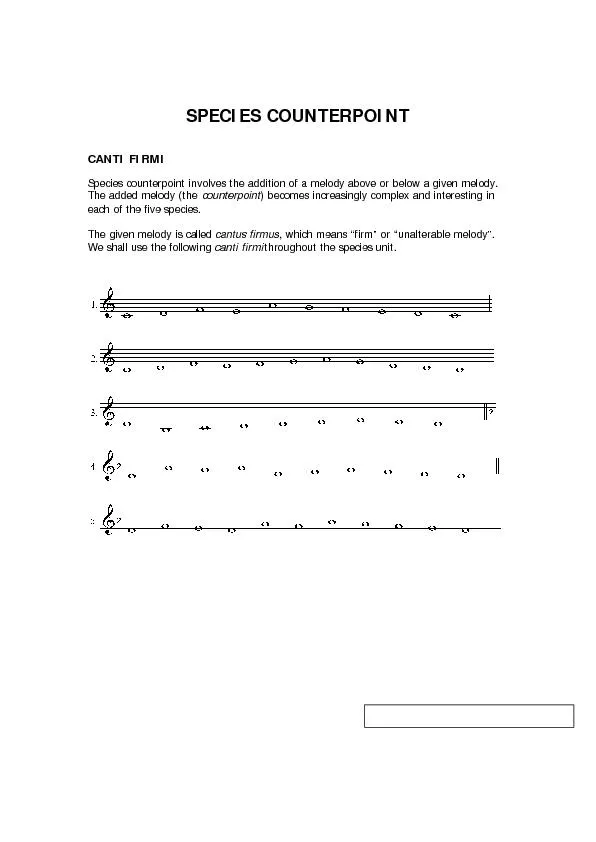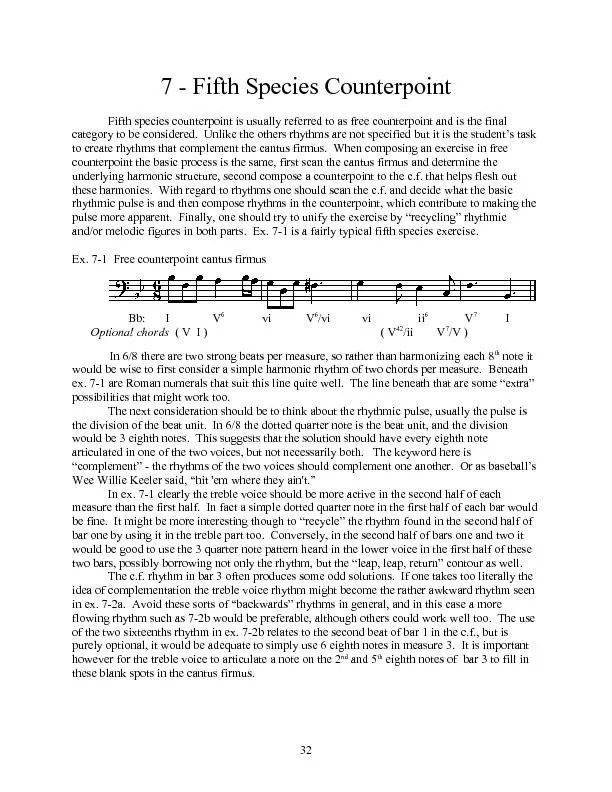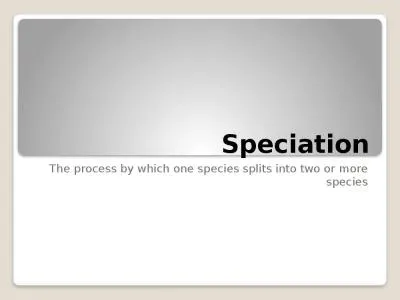PPT-Second Species Counterpoint
Author : natalia-silvester | Published Date : 2016-09-21
Second Species Key Ideas Rhythmic Values Wholes in cf halves in Cpt Downbeats MUST be consonances Weak beats can be consonance or dissonance Any weakbeat dissonance
Presentation Embed Code
Download Presentation
Download Presentation The PPT/PDF document "Second Species Counterpoint" is the property of its rightful owner. Permission is granted to download and print the materials on this website for personal, non-commercial use only, and to display it on your personal computer provided you do not modify the materials and that you retain all copyright notices contained in the materials. By downloading content from our website, you accept the terms of this agreement.
Second Species Counterpoint: Transcript
Download Rules Of Document
"Second Species Counterpoint"The content belongs to its owner. You may download and print it for personal use, without modification, and keep all copyright notices. By downloading, you agree to these terms.
Related Documents













![[DOWNLOAD]-Cuban Counterpoint: Tobacco and Sugar](https://thumbs.docslides.com/956661/download-cuban-counterpoint-tobacco-and-sugar.jpg)
